Native American Flutists
Inspiration may come from any number of places—a walk in the forest, a nervous herd of elk, or a single wild horse thundering across a golden plain.
Sounds found in nature—like the sky-splitting clap of thunder, the crackle of fire, or the howl of a lone wolf—commingle with dreams to create the backbone of sound that wafts from the chambers of the Native American flute.
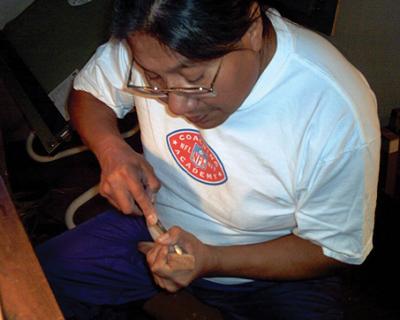
“It’s what’s happening around you at that time,” says Native flutist Robert Turgeon, “that ends up in the story that is the song.”
Robert Turgeon and Joseph FireCrow are indigenous Montanans—men with a proud heritage from differing tribes—who began a trek along a similar path that eventually split to create two distinct artists.
The pair first met at a flute competition in Great Falls over 20 years ago, when the ancient instrument had nearly succumbed to a cultural death and was enjoying a comeback, due to noted flutists R. Carlos Nakai and Mary Youngblood.
The music between them bears the stamp of authenticity that honors heritage and maintains identity, but that’s where the similarities end and the different interpretations begin.
What continues to unite them, they say, is the root of the music itself, and the sentiments behind it.
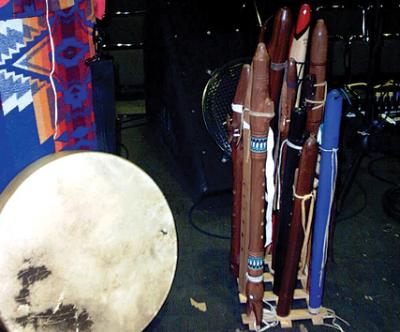
As a boy growing up on the Northern Cheyenne Reservation in Lame Deer, Joseph FireCrow was enchanted when he first heard flutist Grover Wolfvoice play. But he also remembers being frightened of the feelings the music evoked in relation to the hardships of reservation life in the 1960s.
“Hearing the flute got me in touch with just how sad and frustrated and scared I was about the rampant alcoholism, the police brutality, and the nights of hunger,” he says. “Yet I also just loved the sound of it.”
Robert Turgeon grew up in Helena, a descendent of the Metis tribe. Each grew up playing the flute in the context of Native ceremonies. From social courtship, to healing, to meditation, and hunting, both men remember the flute as a large part of the fabric of social life for indigenous people of North America.
As boys, both played other instruments before picking up the Native flute, giving them a grasp of melody, rhythm, and harmony. Joseph FireCrow played ceremonial drums from an early age. Robert Turgeon played the trumpet, and then picked up a Fender guitar at the age of 14.
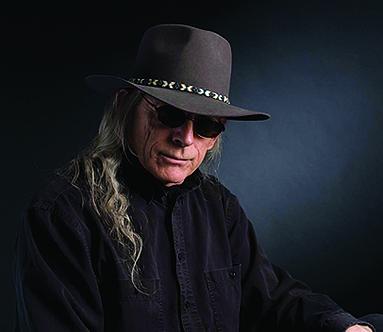
And yet despite efforts to honor age-old conventions and culture, and to preserve elder heritage through music, their styles are as different as night and day. “There is a signature in each of us, and that signature riff follows you,” FireCrow explains.
Breathing is a large part of that, he says, whether it’s powerful or constant or something else altogether. Other influences, such as how strong one’s bravado is, or whether they are conservative or assertive, he says, will also factor in. And, if Joseph FireCrow could make clear just one undeniable fact, it would be: you may be able to teach someone how to play the flute, but you can’t always teach them how to make it sing.
Joseph FireCrow understands the painstaking craft of creating a Native flute. Now 52, he still sits at a workbench for hours, sanding and shaping hardwoods into storytelling implements.
He and his brother learned how to make six-hole diatonic flutes as teens. He plays his self-crafted instruments today, almost exclusively, and endorses just one other craftsman: Brent Haines of Woodsounds Flutes.
FireCrow says you can tell immediately if someone is a good flute player. The flute will take on the intonation of both body and spirit. Stories passed through the instrument’s chambers must carry the indelible mark of the player himself.
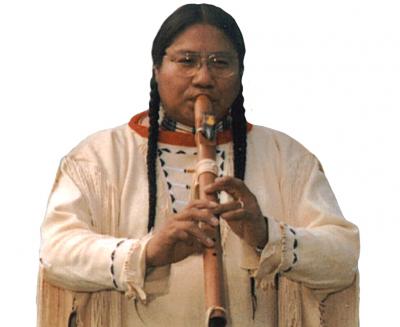
At one time Turgeon counted over 40 flutes in his collection. But just like children, he says, each of them needs time afforded them and can become temperamental without adequate attention.
“People say it’s just a piece of wood, but it’s a living thing that responds to the oil in your hands and to your breath,” he says. In a closet, they will only dry out, he warns, and will no longer have a voice.
Ask Robert Turgeon anything about how he plays the flute and he’ll be quick to correct you: He doesn’t simply play the flute—he prays the flute.
Now living in a 150-year-old adobe outside of Taos, New Mexico, he weaves flute music into a fabric of nature calls, drums, rattles, and spiritual chants that create a kind of audio imagery. He calls them “sound paintings.”
Like a photograph, he says, sound paintings “can be savored as artwork, yet never completely comprehended.”
Eschewing the pursuit of commercial success for the purity of a more spiritual calling, he says he would much rather play flute in a sweat lodge ceremony with friends on a Saturday night, than pursue signage with a major recording label that would seek to make a machine of his talent.
Breaks between four albums have run anywhere from two to five years, with catalogs emerging organically, as outcroppings of living life, and a drive to immortalize a collection of “voices that call from beyond,” he says.
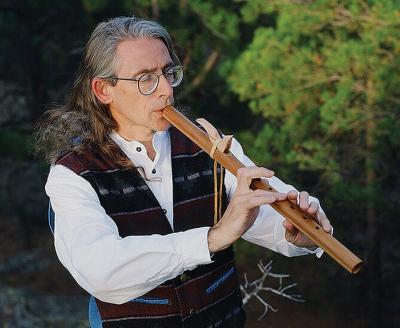
“If you keep saying the same thing over and over, people don’t want to hear it,” Turgeon says. Taking time, and infusing music with one’s hopes and struggles—along with the heart—means music ends up more meaningful and relevant, he says.
Turgeon likes to call his music “old age,” rather than “new age,” because its origins are rooted in ancient ceremonies, experiences with spiritual teachers and medicine people, and years playing the flute with an intense sense of purpose.
Yet despite his earnest and relatively low profile, notoriety found him anyway, and his independently produced recordings are heard by the masses and considered some of the best in the industry.
His first album, “Voices From the Spirit World” was a letting go of long-held wounds, he says. Therapists and even surgeons at the Helena Veteran’s Medical Center at Fort Harrison use the album as a healing backdrop in operating rooms.
But his music has also had professional nods, with award nominations in recent years. Music featured in the films Sacajawea and Secrets of the Sleeping Giant won him acclaim—the latter earning a Telly Award.
Joseph FireCrow’s music is at once primeval and modern, and by all accounts, is “new age.” A mix of Native flute, ancient Cheyenne chants and spoken word, animal sounds and divergent instrumental tracks, the din is layered to create a mood, and a sense of time and place.
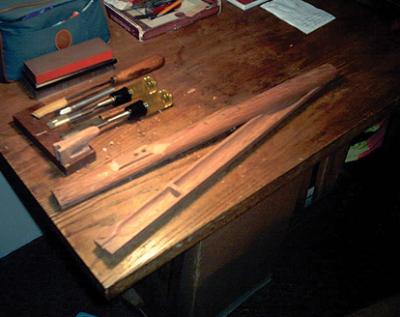
Among a scant group of Native flutists to reach the Grammys, he earned a 2001 nomination for the album “Cheyenne Nation.” Shortly after, film director Ken Burns requested his music for the documentary Lewis and Clark: The Journey of the Corps of Discovery.
In 2010, he was the Native American Music Association’s choice for both “Artist of the Year” and “Flutist of the Year.”
Now living in Connecticut, Joseph FireCrow recently finished a flute track for a song featured on recording artist Natalie Merchant’s “Leave Your Sleep” two-disc album, lending his unique tribal signature to the song “Indian Names.”
A guest artist on Peter Kater’s 2007 Grammy-nominated album “Faces of the Sun,” he has also been a major contributor to many a European release.
Turgeon doesn’t perform in public all that much, but enjoys select and unique collaborations with musicians from other lands. He is currently prepping for a trip to Narita, Japan, where he’ll collaborate with new-age electronic musician, pianist and composer Kento Masuda.
As different as they are, today both men ride the Native genre to ever-higher levels within the music industry, never forgetting the importance of preserving the authenticity, the heritage, and the spirituality of its origin.
Find more on Joseph FireCrow at www.josephfirecrow.com
Find more on Robert Turgeon at www.standingbearmusic.com
Lori Grannis is a freelance writer and food columnist living in Missoula. A 23-year veteran of magazine features, she has written for a host of national newsstand publications, including Muscle & Fitness and Shape, and is currently working on a story for the screen. Contact her at [email protected].









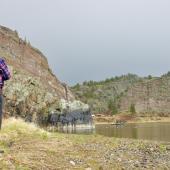
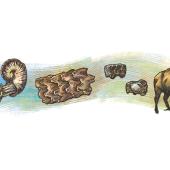

Leave a Comment Here